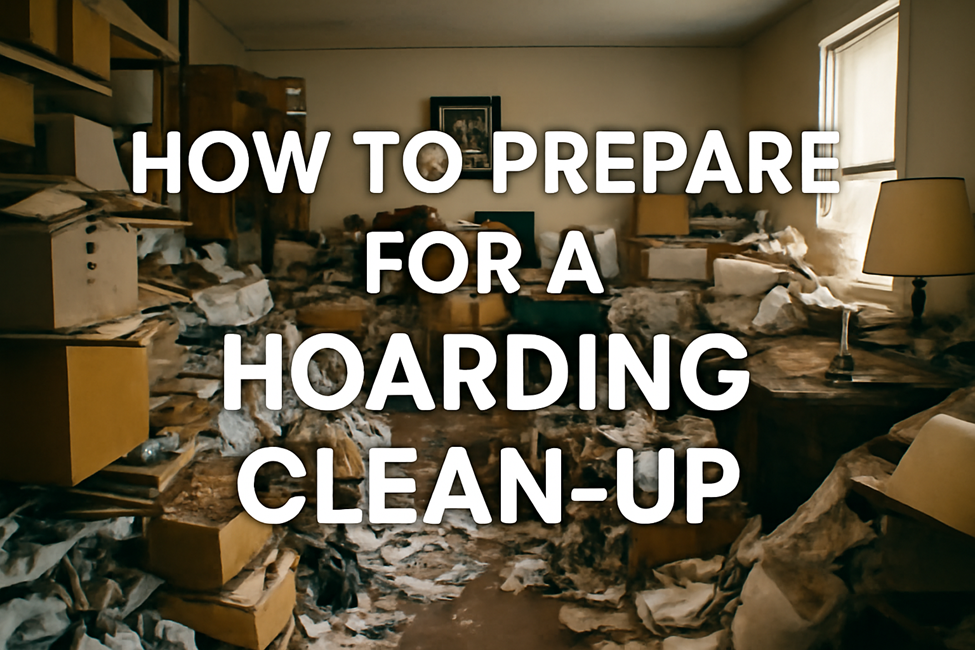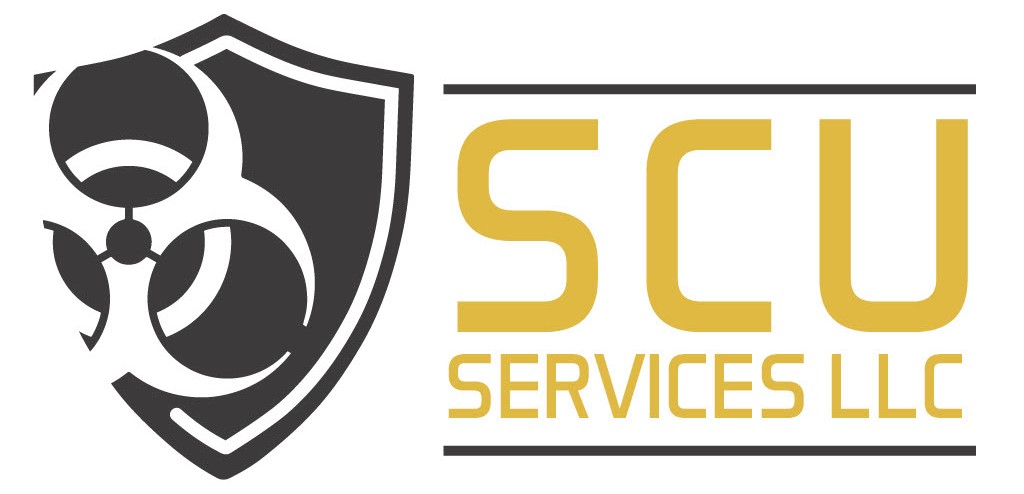
How to Prepare for a Hoarding Cleanup: A Comprehensive Family Guide
Dealing with a hoarding situation can be overwhelming for families, but it’s possible to approach it in a way that’s both compassionate and effective. Hoarding clean-up doesn’t happen overnight, and it requires patience, understanding, and planning. If you or a loved one is dealing with a hoarding cleanup, this guide will help you prepare, step by step, for the process.
Understanding Hoarding: What It Is and How to Approach It
Before jumping into the cleanup, it’s important to understand what hoarding is. Hoarding is not just about clutter. It’s a complex mental health disorder that involves difficulty in discarding items, regardless of their value. This can lead to living spaces becoming overcrowded and unsafe. People with hoarding tendencies may feel emotionally attached to objects and have a hard time letting go.
When dealing with a loved one who hoards, it’s important to approach the situation with patience and understanding. The cleanup process can be emotional for everyone involved, especially for the person dealing with hoarding.
Step 1: Preparing Emotionally for Hoarding Cleanup
Hoarding cleanup is not just a physical task; it’s an emotional one as well. People with hoarding tendencies may experience strong feelings of attachment to their possessions. For family members, it can be hard to see how clutter affects their loved ones’ lives.
Before beginning the cleanup, gather your family and discuss how to approach the situation together. Be prepared for emotional reactions. The person who hoards may resist the cleanup at first, so it’s important to be supportive and non-judgmental. Take things slow, and remember that this is a process that will take time.
Step 2: Planning Your Hoarding and Junk Removal: Setting Goals and Timelines
Cleaning up a hoarded home isn’t something that can be done in one afternoon. It requires careful planning. Start by setting realistic goals and a timeline for the cleanup. Whether you plan to clean one room at a time or tackle the whole house, it’s important to break the work down into manageable tasks.
Think about how many people are involved in the cleanup and assign specific roles. For example, one person could be responsible for sorting through papers, while another could focus on items in the kitchen. Having clear responsibilities helps keep the process organized and ensures that everyone knows what to do.
Step 3: Why You Should Hire Professional Hoarding Cleanup Services
Hoarding cleanup is often more than just cleaning up clutter; it can involve serious health and safety risks. Mold, pests, and unsanitary conditions are common in homes affected by hoarding. That’s why it’s often best to seek professional team help for hoarding cleanup.
Cleaning companies that specialize in hoarding situations have the tools, expertise, and experience to clean and sanitize the space. They can remove large amounts of clutter safely and efficiently. It’s also helpful to hire professionals who understand the emotional aspects of hoarding and can work in a compassionate, non-judgmental way.
Step 4: Sorting and Categorizing Items During Clutter removal
One of the most important steps in hoarding cleanup is sorting through the items. You’ll want to categorize everything into three groups: Keep, Donate, and Discard. This can be a slow process, but it’s essential to involve the person who hoards in the decision-making. This gives them some control over what stays and what goes, which can help reduce their anxiety about the cleanup.
- Keep: These are items that are necessary or have sentimental value.
- Donate: Items that can be used by others but are no longer needed.
- Discard: Broken or unusable items that should be thrown away.
Remember that the cleanup process isn’t just about throwing things away. It’s important to acknowledge the emotions that come with parting with items, so take your time and be supportive throughout.
Step 5: How to Clean and Sanitize After a Decluttering
Once the sorting is done, it’s time to clean the space. Hoarding homes can accumulate dust, mold, and germs, so thorough cleaning is necessary. Use strong disinfectants and cleaning supplies to sanitize the area. If the home has mold or pest infestations, it’s important to hire professionals who are trained to handle these issues safely.
This is also the time to organize what’s left. Set up storage solutions to help keep things tidy and prevent clutter from building up again. Consider donating items that can be helpful to others or arranging them in storage bins or cabinets.
Step 6: Ongoing Support and Maintenance After Junk Clean-up
Once the cleanup is complete, it’s important to maintain the progress. A hoarding situation doesn’t get better overnight, and there’s always a risk of the clutter returning. That’s why it’s essential to provide ongoing support to the person dealing with hoarding.
Consider setting up regular cleaning schedules and offering emotional support. Therapy or counseling may also be helpful for the person who hoards, as it can address the underlying issues that contribute to the hoarding behavior. Be patient and understanding, and don’t expect perfection right away.
Step 7: Self-Care During the Hoarding Removal Process
Hoarding cleanup can be an emotionally and physically exhausting process. It’s important to take care of yourself during this time, too. Make sure to take breaks, ask for help when needed, and seek support from friends or professionals if necessary. The process can be stressful, but by supporting each other and taking things one step at a time, you can make progress together.
FAQs
How to help a hoarder clean up?
Encourage them with empathy, involve professionals, and break the cleanup into manageable tasks.
How do you help a family member who is a hoarder?
Approach with understanding, offer support, and suggest professional help for emotional and physical challenges.
What does a level 1 hoarder look like?
A level 1 hoarder has minimal clutter that doesn’t significantly interfere with daily life or safety.
How to help someone declutter their home?
Help them sort items into keep, donate, and discard categories, offering emotional support throughout the process.
Contact SCU Services 24/7 for Professional Hoarding Cleaning
If you’re facing a hoarding cleanup, SCU Services is here to help. We specialize in hoarding cleanup and provide compassionate, professional services to restore your home to a safe and healthy environment. Our team understands the emotional and physical challenges that come with hoarding situations, and we’re ready to support you every step of the way. Contact SCU Services via call on 866-614-1638 today to schedule a consultation and start the process of reclaiming your space.
